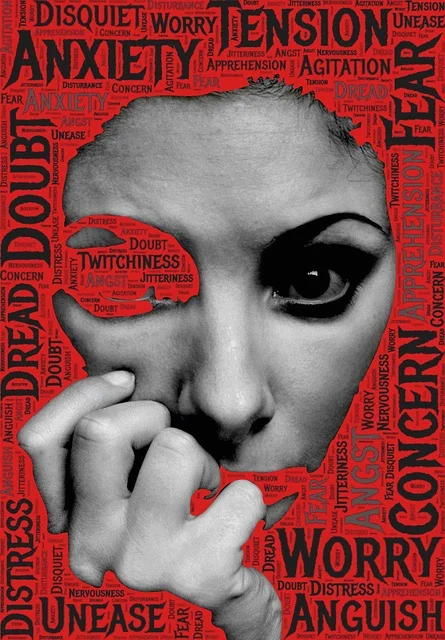Selective mutism is the inability or difficulty to communicate in some social contexts due to extreme fear or anxiety. Although the symptoms of this anxiety illness typically appear in youth, they might last a lifetime. Its overall prognosis is improved as soon as this illness is identified and treated, particularly in early childhood.
What is selective mutism?
With selective mutism (SM), a mental illness, you are unable to communicate in specific contexts due to fear or worry. Although it primarily affects young children, adults and adolescents can also be affected.
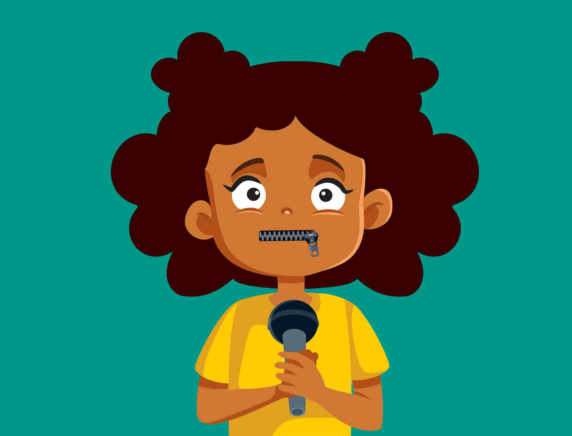
Being timid, bashful, or shy is not the only aspect of this illness. Anxiety disorders include SM. It may coexist with other anxiety-related disorders and cause aftereffects that last into old age.
A child who is selectively silent could find some social settings extremely upsetting. This could make the child feel so anxious that they can’t even talk. Willful unwillingness to speak by a youngster does not result in selective mutism.
A youngster may occasionally also experience additional speech issues. However, a child frequently won’t experience any issues at all when he or she is comfortable.
Selective mutism in children
A person is diagnosed with selective mutism mostly based on their persistent inability to talk in social contexts where speech is expected (like school), even though they are able to speak in other contexts.
Children must exhibit the following in addition to this core symptom:
- Selective mutism symptoms must have persisted for a minimum of one month—not only the first week of classes.
- Your youngster has to be able to understand spoken language and, in most cases, speak normally when around familiar people at home.
- Ultimately, silence must impede your child’s ability to learn or interact with others.
Selective mutism in adults
Selective mutism can sometimes last into maturity, extending from childhood to adolescence.
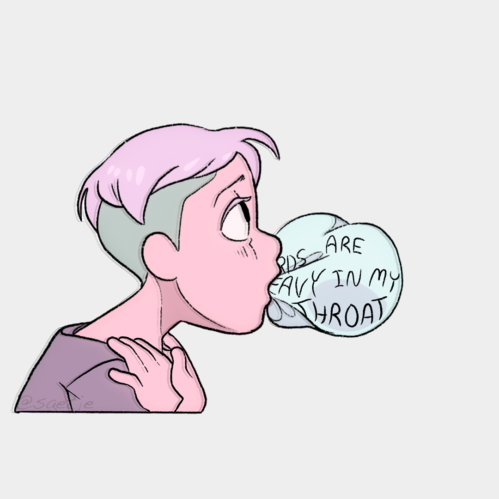
The following conditions are often met for an adult to be diagnosed with selective mutism:
- Selective mutism symptoms need to have persisted for at least a month.
- The symptoms must make it difficult to operate in social or professional contexts.
Adults suffering with selective mutism frequently exhibit traits associated with social anxiety disorder, such as avoiding public places (restaurants) and/or avoiding interacting with strangers. Social isolation can result from selective mutism (and social anxiety) as well as the person’s complete withdrawal from social interactions.
If a medical practitioner is thinking about diagnosing selective mutism, they will probably inquire about these and other behaviors.
Signs and symptoms
The symptoms may manifest in various ways. Some are not even close to being able to speak. Some people might speak less or in different ways.
Complete or almost complete incapacity to communicate
This is taking extreme measures to either completely avoid communication or avoid it. It could appear as:
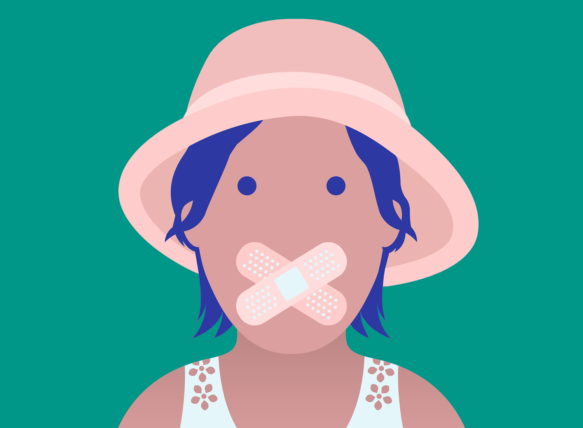
- Feeling stuck for words. It may occur when fear or worry paralyzes you or overwhelms you. Although it could seem like you’re refusing to communicate, this is more of a “autopilot” reaction than a conscious decision.
- Posture that is tense or rigid, feeling immobile or frozen.
- A vacant stare, akin to a “deer in the headlights.”
- Avoiding making eye contact.
- Avoiding or not engaging in social contacts.
- Not asking for what one needs or wants (e.g., a student not asking a teacher to use the restroom during the school day, which results in daytime accidents).
- Acting disruptively—such as by having tantrums—in order to avoid having a conversation.
Nonverbal exchanges
- Preferring to use noises or well understood sounds—like “uh-uh” for “no” and “uh-huh” for “yes”—instead of words.
- Avoiding conversation by communicating nonverbally (e.g., by writing answers or pointing to items in a book).
- Using nonverbal cues like nodding, shaking your head, gesturing, miming, and facial expressions in place of spoken words.
Little to no communication
- Delayed reactions.
- Use brief words or one-word answers.
- Whispering, stuttering, or mumbling.
- Altering their voice (either by speaking in a robotic tone or by altering their natural pitch and tone).
Causes of selective mutism
The illness’s risk factors are not entirely recognized because the ailment tends to be rather rare. It was formerly thought that abuse, trauma, or instability throughout childhood was the cause of selective mutism.
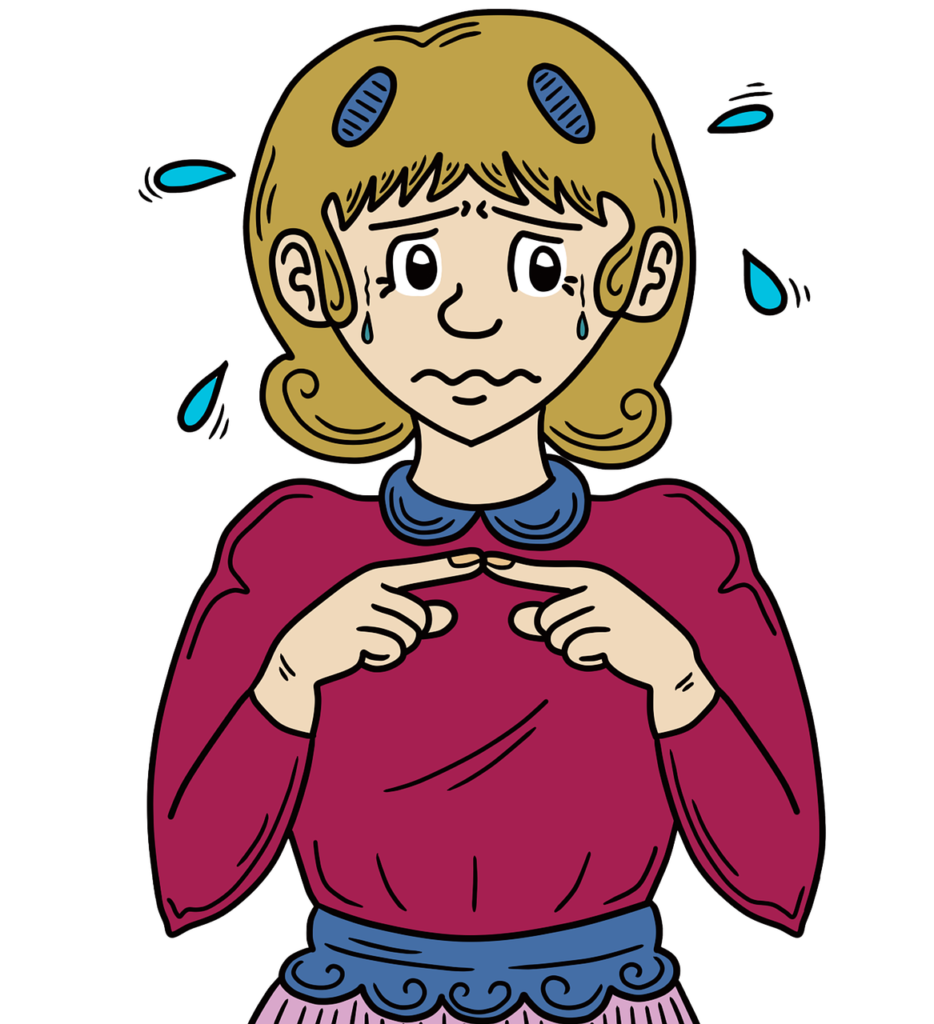
Current research indicates that there may be a hereditary susceptibility to the disorder and that it is associated with high social anxiety. It is improbable that there is just one cause, as is the case with all mental illnesses.
Children who get the illness:
- a propensity for shyness
- possibly suffering from an anxiety disorder
- dread looking foolish in front of people
- Self-regulation issues
Ambition and temperament are two other possible reasons. Youngsters who struggle with language or who exhibit behavioral inhibition may be more susceptible to the illness. Another factor could be parents who exhibit restricted actions and struggle with social anxiety.
Additionally, selective mutism frequently co-occurs with the following conditions:
- Uncertainty
- ASD, or autism spectrum disorder
- Depression
- delays in development
- Language issues
- OCD, or obsessive-compulsive disorder
- Anxiety disorders
Diagnosis
The doctor treating your child will inquire about your child’s medical history as well as their symptoms and indicators. You will be questioned regarding the speech and language development of your child. Bringing your child’s academic reports and teacher comments to the appointment can be beneficial. The pediatrician may like to see your child both at home and at school. It’s possible that you’ll be requested to film your kids at home or at school.
A medical exam will be offered to your youngster. An examination of your child’s lips, tongue, ears, and jaws will be part of this. A neurological evaluation may also be required for your youngster. A hearing test can be necessary as well. The medical professional will try to rule out any other illnesses, such schizophrenia.
Your child’s assessment may be assisted by other medical professionals. A psychologist or psychiatrist, as well as a speech-language pathologist (SLP), may be among them. Your child’s capacity for language understanding and usage can be evaluated by an SLP. Finding the emotional problems that could be causing the illness can be assisted by a psychologist.
Treatment
It is possible to lessen the frequency and intensity of symptoms with treatment. Some people may get a complete remission of their symptoms with early identification and therapy.
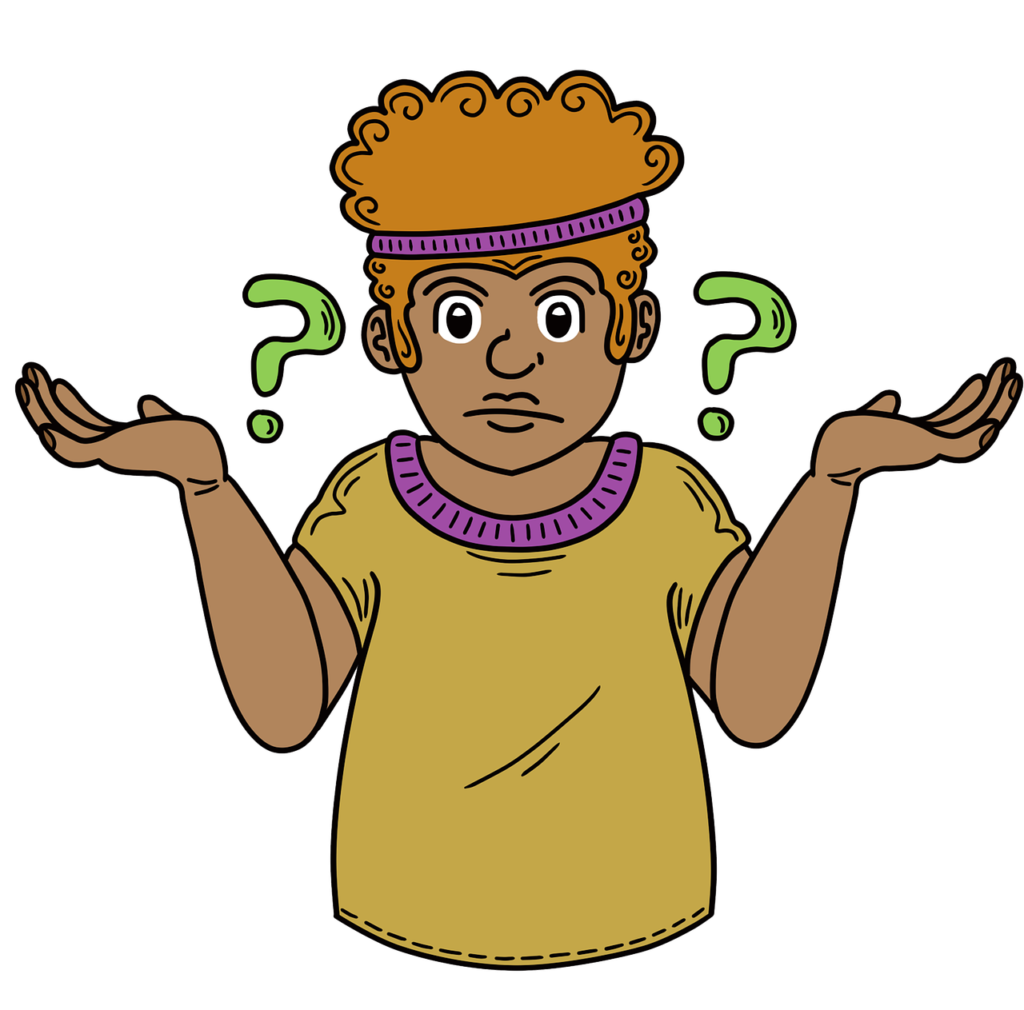
The most popular methods of treatment are:
Therapy for mental health
The initial course of action is typically mental health therapy, particularly cognitive behavioral therapy, or CBT. And it’s the most likely to be beneficial. Behavioral therapy assists in understanding and managing anxiety as well as other upsetting emotions that contribute to symptoms of SM. Additionally, it can assist in reducing tantrums and other disruptive behaviors that may arise in individuals with SM.
These therapeutic approaches for kids ought to include the adults who are raising them as well. Parental figures, such as guardians by law or other close relatives, can help mental health therapy succeed.
Speech therapy
Working with a speech therapist or other qualified healthcare provider is a requirement of speech therapy. It can be especially beneficial when SM occurs in conjunction with speech impairments.
Medications
Treatment for SM may include medication, particularly if speech therapy or mental health services are insufficient.
Selective serotonin reuptake inhibitors are the most often prescribed drugs for treating SM (SSRIs). These mostly address depression, but they can also address conditions linked to anxiety, such as SM. Additional drugs might also be beneficial. You can learn more about these and get assistance in making a decision from your child’s or your own healthcare practitioner.



